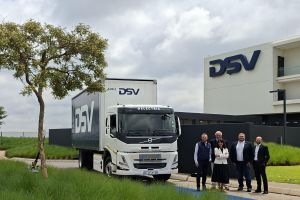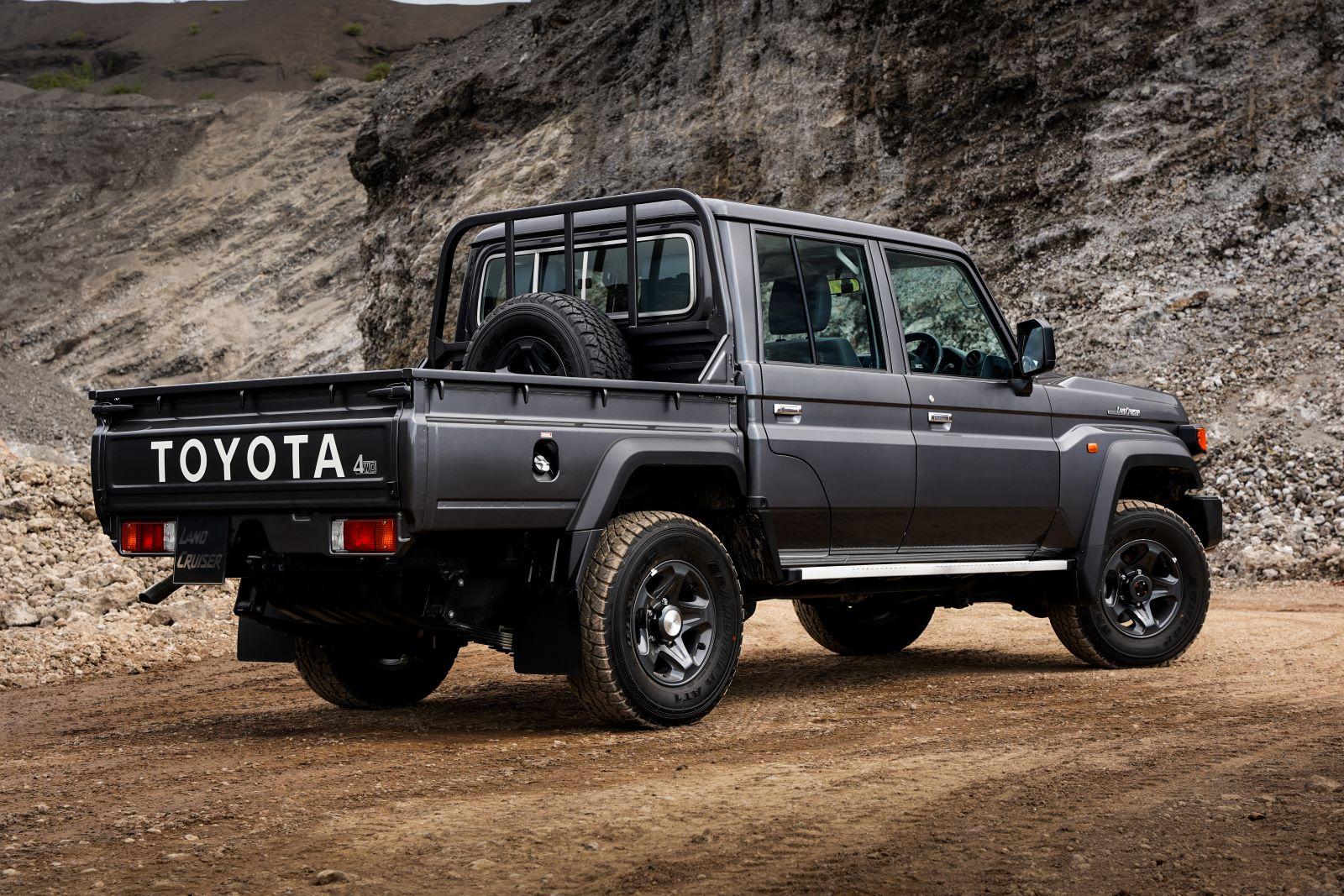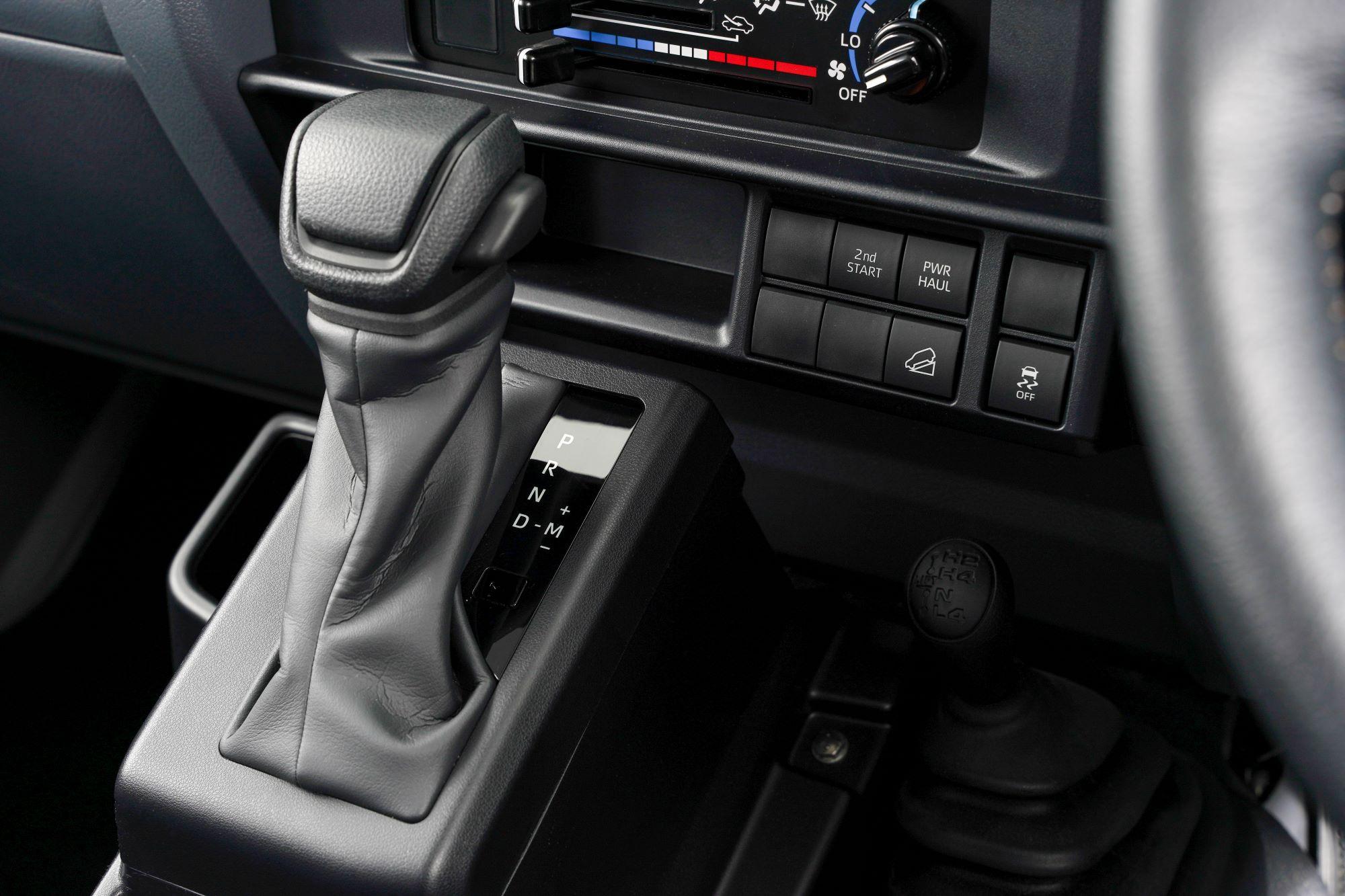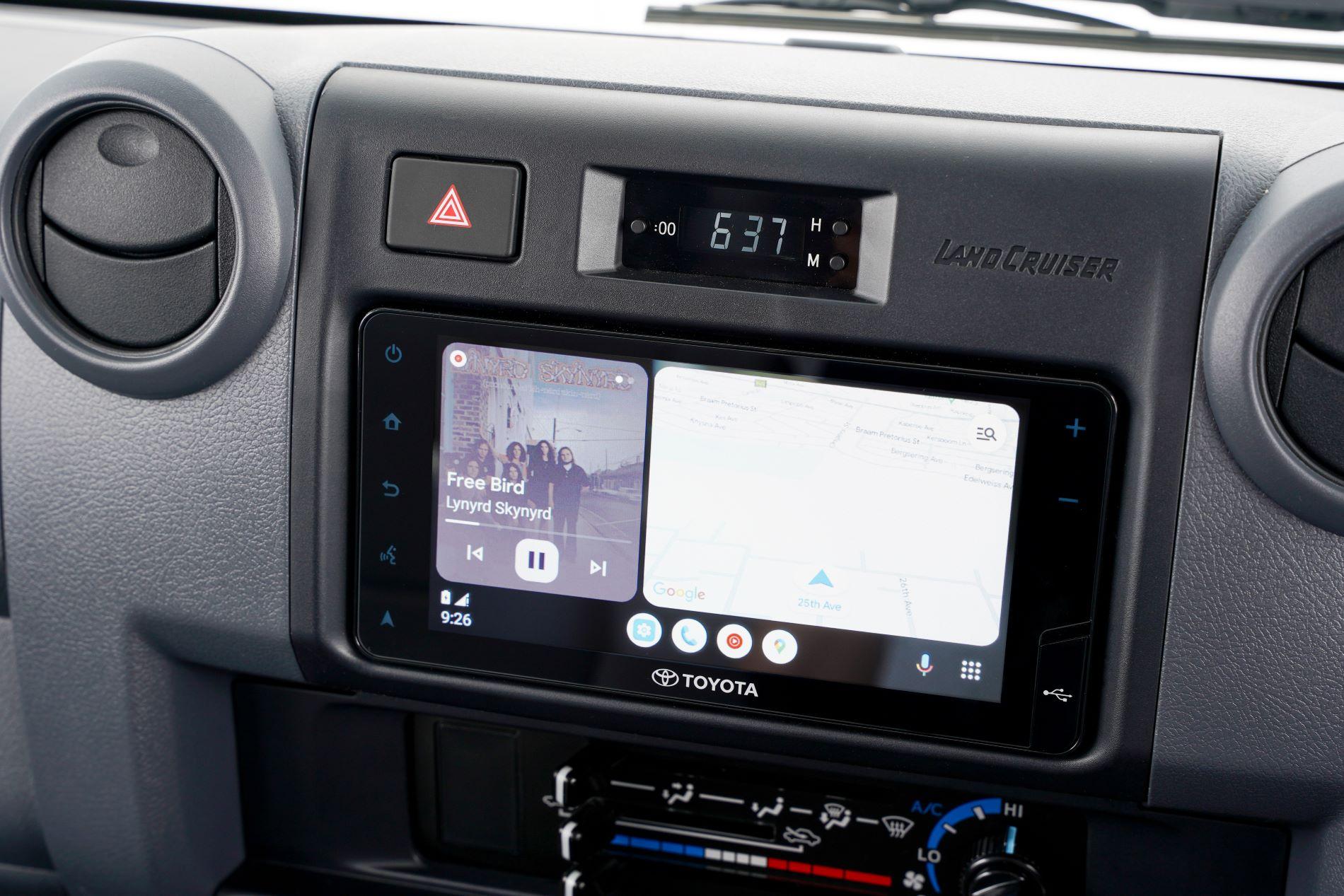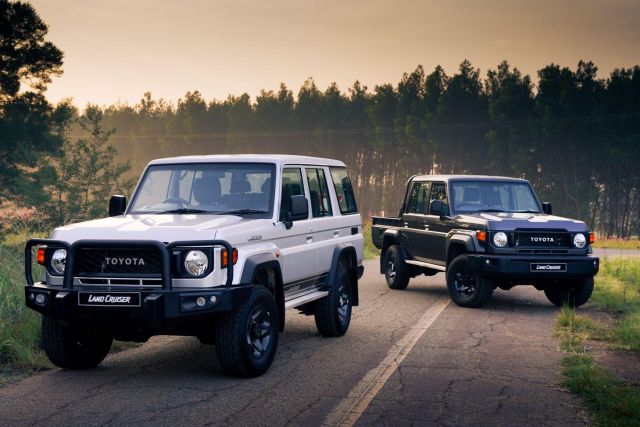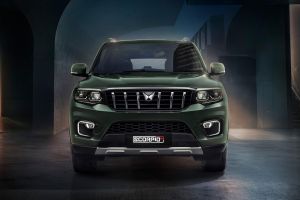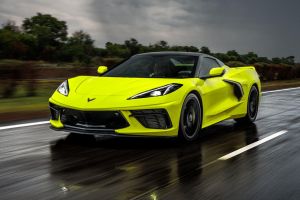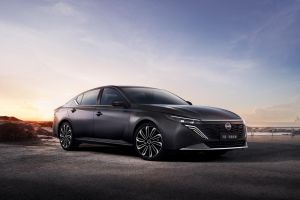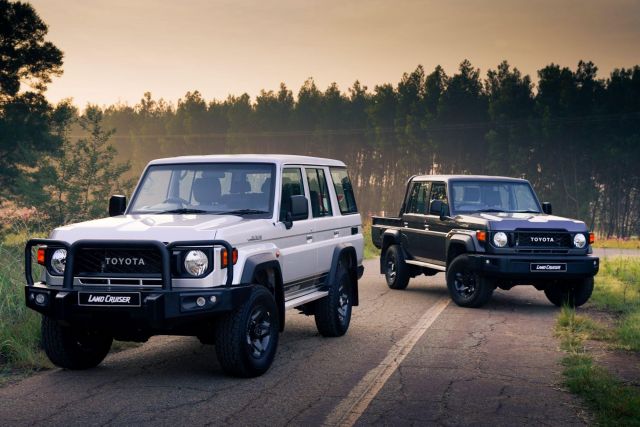
What’s new?
The revered Toyota Land Cruiser 70 Series has received a new powertrain option, new styling, upgraded technology and an enhanced specification level.
Powertrain:
The big news with this upgrade must be the addition of the well-known 2.8 turbodiesel engine from the Hilux, Fortuner and Prado finding its way in under the bonnet of the Land Cruiser.
Prior to this point, the current-generation 70 Series range has been available with a 4.0-litre naturally aspirated petrol inline-6 (single and double cab pick-ups), a 4.2-litre naturally aspirated diesel and a 4.5-litre turbo-diesel V8. All these powertrains being mated to a manual transmission.
However, the upgraded Land Cruiser introduces the 1GD 2.8-litre turbo-diesel four-cylinder engine mated to a six-speed automatic transmission, for the first time in the 70 Series in all body shapes. The engine is good for 150 kW and 500 Nm.
Exterior:
The updated Land Cruiser 70 Series – including the 4.0-litre petrol, 4.2- and 4.5-litre diesel models in both pick-up and station wagon configurations – is immediately recognisable thanks to its updated exterior styling, clearly influenced by previous generations of Land Cruiser.
A new square grille with a black mesh pattern and ‘TOYOTA’ lettering sits above a three-slot cooling vent inspired by the 75 Series Land Cruiser, with a small hood vent above the grille borrowed from the original 40 Series model. There is a wide bumper and dark grey metallic 16-inch alloy wheels.
Interior:
The VX variants adds further differentiation in the form of a Rockford Fosgate sound system. In addition, all the 70 Series grades gain a new centre console consisting of a lidded centre storage box, cupholder and multiple small item compartments.
Station Wagon variants are made more functional with new second-row seats with 60:40 split-folding-functionality and can be tumbled forward to maximise cargo space.
All variants powered by the 2.8 GD-6 engine are upholstered in durable grey fabric, while the Station Wagon VX grades gain leather upholstery.
Four-cylinder versions gain Downhill Assist Control (DAC) for steady, controlled off-road descents. The Station Wagon VX variant also gains a new reversing camera.
Prices:
Single Cab:
LC79 4.0 Petrol S/C 5MT (R765 500), LC79 4.2 Diesel S/C 5MT (R829 000), LC79 4.5 Diesel V8 S/C 5MT (R956 200) and the LC79 2.8 GD-6 Diesel S/C 6AT (R917 100).
Double Cab:
LC79 4.0 Petrol D/C 5MT (R864 600), LC79 4.2 Diesel D/C 5MT (R920 800), LC79 4.5 Diesel V8 D/C 5MT (R1 039 200) and the LC79 2.8 GD-6 Diesel D/C 6AT (R1 009 000).
Station Wagon:
LC78 4.2 Diesel SW 5MT (R900 100), LC76 4.5 Diesel SW 5MT (R1 076 800), LC76 2.8 GD-6 Diesel SW 6AT (R999 900) and the LC 76 2.8 GD-6 VX Diesel SW 6AT (TBC).
